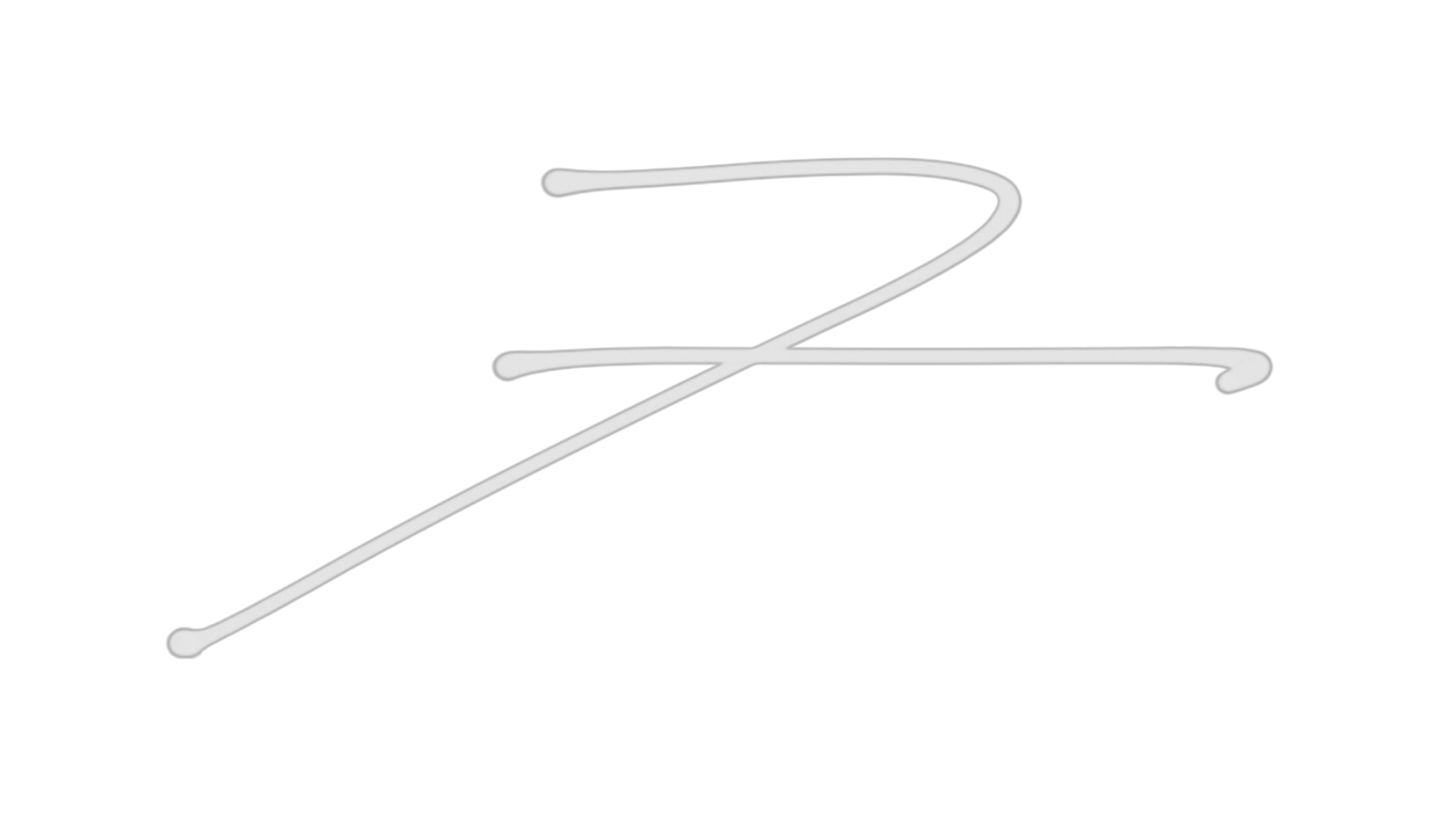Audio vs MIDI: What's the difference?

When it comes to music production, there are two main types of digital audio files: audio and MIDI. Both have their own advantages and disadvantages, so it's important to know the difference between the two. If you produce music you've worked with audio, MIDI or both before. Audio is a digital representation of sound. It can be recorded, edited, and played back. MIDI is a digital protocol that allows electronic musical instruments and computers to communicate with each other. MIDI needs synthesizers, drum machines, sound modules or soft synths to actually produce the sounds. In this article we’ll take a look at more differences between audio and MIDI.

👉 Take my FREE Ableton Live course
What is Analog Audio?
Analog audio is a type of audio signal that is represented by a continuous wave. This wave can move through the air as vibrations or through electrical components as voltage. When a voice, instrument or other sound vibrates, the sound wave is picked up by our ears or converted from sound waves into electrical voltage with a transducer like a microphone or a guitar pickup. Analog recording mediums include vinyl and magnetic tape in various sizes and formats.
What is Digital Audio?
Digital audio refers to audio files that are stored digitally on a hard drive. Audio files can be recorded using an analog-to-digital converter via the internal microphone input on your computer, an external USB microphone, or an external microphone connector port on an equipment mixer, sound card or audio interface. Pre-recorded one-shot sounds or loops of instruments are called samples.
Digital audio offers a number of advantages over analog audio, including improved sound quality, increased storage capacity, and the ability to edit and manipulate the signal. Digital audio can be played back and shared by anyone with a hardware device like a computer, tablet or smartphone. Digital audio can be uncompressed file types like wav or AIFF, or compressed and converted to MP3 or AAC formats for distribution.
Editing digital audio with Ableton Live
What is a Digital Audio Workstation?
Digital audio workstations (DAWs) are computer programs used for producing, recording, editing, and mixing audio. They are an essential tool for music producers, sound engineers, and musicians. DAWs allow you to create and manipulate digital audio and MIDI files, which can be exported and used in a variety of ways. DAWs typically come with virtual instruments and effects.
There are a variety of DAWs available on the market, and the best one for you will depend on your needs and preferences. Some of the most popular DAWs include Ableton Live, Pro Tools, Logic Pro, and FL Studio.
What is MIDI?
MIDI stands for Musical Instrument Digital Interface. It is a standard that connects musical instruments with computers, enabling them to record and play digital music files. MIDI also enables musical instruments to communicate with each other so they can play the same notes simultaneously. Studio musicians use MIDI keyboards to play their instruments, while a computer uses it to trigger software instruments or record audio performances directly from a keyboard or other MIDI instrument.
A MIDI file contains the data for the musical notes and on/off information so they can be reproduced by any other MIDI instrument. Computer DAW software allows musicians to play the notes on an instrument while listening to the sound through a soft synth on headphones or speakers. MIDI files can be copied and shared just like digital audio files but they contain no actual audio.
Editing MIDI with Ableton Live
What is the difference between Audio and MIDI Files?
Audio files are the more common type of file, and are typically used for songs and DAW tracks and stems. They are created by recording sound waves using a microphone or other type of audio input device and saved as a WAV or MP3. MIDI files are digital musical performance data and directions for the sound modules that produce the sounds. They can only be used in DAW software
So, why not just use audio? For one, MIDI is much more versatile than audio. MIDI can be used to control virtual instruments, create arpeggios, and even sequence entire songs. And because MIDI is digital, it can be edited with much more precision than audio.
Conclusion: If you're just getting started in music production, you'll likely want to use audio. But as you become more experienced, you may find that MIDI offers some distinct advantages. Using both audio and MIDI files allows for a greater palette of sounds and options for instruments, performances and sounds while producing music.

Futch - Music Production Coach, Ableton Certified Trainer
24 week live online classes and on-demand video training:
• Music Production Fundamentals • Writing Exciting Songs • Designing Your Artistic Vision
#daw #midi #audio #musicproduction #sound





